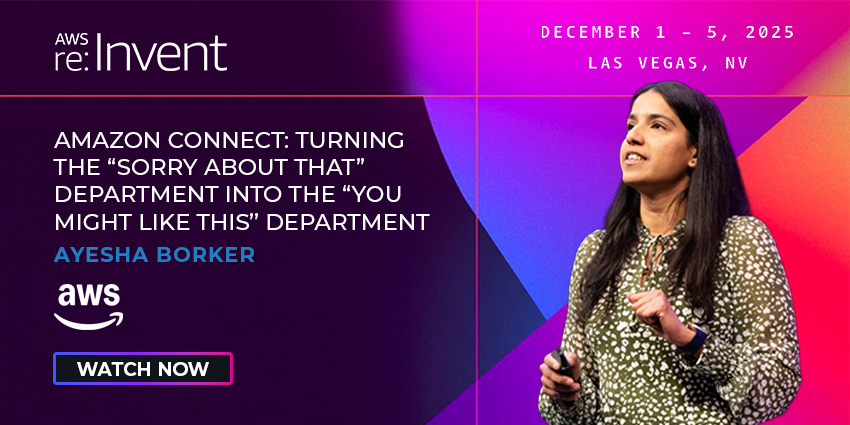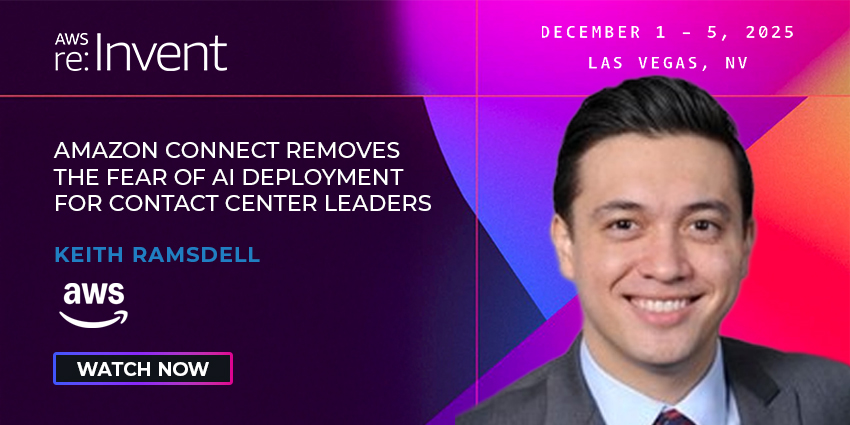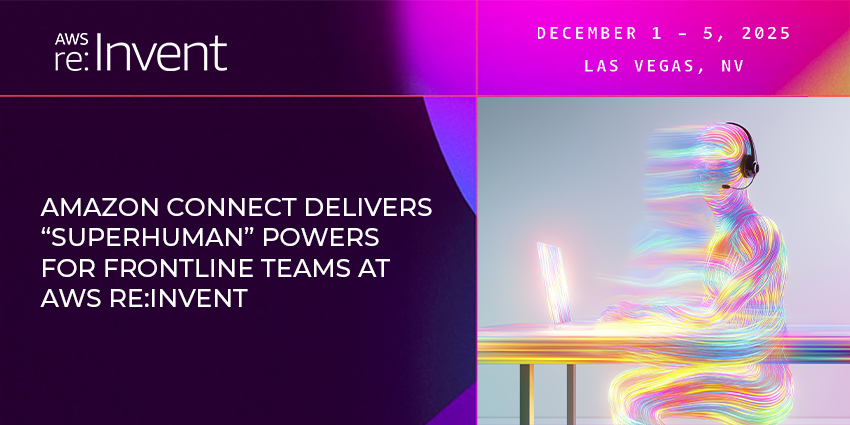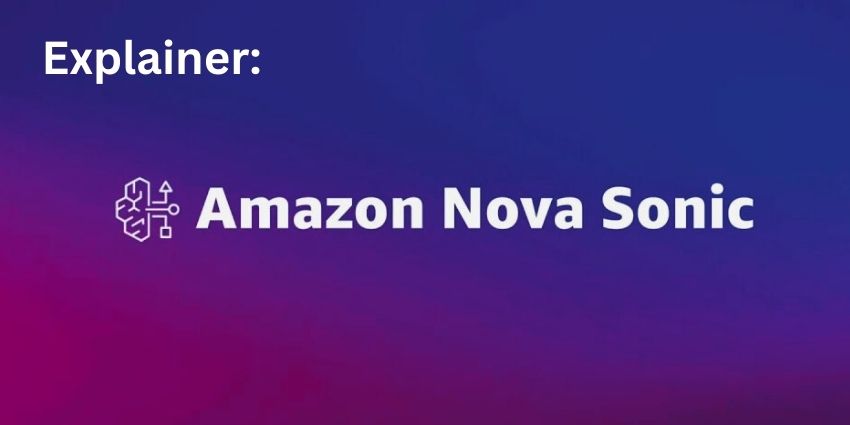Gitex has long been a flagship event in the Avaya calendar, reserved for significant platform launches and updates. Prior to the event, several questions emerged from the customer and partner communities that would put the Avaya executive team to the test.
Firstly, how is Avaya leveraging AI and infusing the technology within its proposition? Secondly, given that the new CEO, Patrick Dennis, has previous experience in private equity, does that mean there will be a sale in the near future? We explore those questions and more below.
Virtual Operations Manager
Avaya’s flagship demo this year was its Virtual Operations Manager, an AI-driven tool that unifies contact center data and operations to provide insights and perform complex workforce orchestration. For the Operations Manager, this tool will give them more significant insights into the data that the contact center and applications are capturing
On the stand, I spoke to Giselle Bou Ghanem, VP of Product Marketing at Avaya.
Real-Time Translation Removes Agent Language Barriers
A common problem in the contact center space is servicing customers across multiple languages. Avaya’s new AI-powered translation solution removes these language barriers and enables agents to converse with customers in over 100 languages. The solution allows for speech-to-text and text-to-speech functionality and is paired with multiple translation engines and custom dictionaries to create real-time voice translations.
The solution has been developed through strategic partners Transcom and Sabio.
“In our industry, it is sometimes challenging to recruit enough agents to support all our global markets. And if we do, it’s often costly to hire and retain them. Working with Avaya and Sabio, we’re empowering agents around the world to offer high-quality customer service in every required language for our clients,” said Jakob Westgren, Senior VP – Head of IT Products and Partners, Transcom.
I spoke to Zeus Kerravala, Principal Analyst at ZK Research, about the breadth of Avaya’s product updates from the show.
Is Avaya Heading for a Sale?
New Avaya CEO Patrick Dennis has a history in private equity, which has shaped his perspective on corporate strategy, particularly the importance of producing long-term returns rather than focusing solely on exit strategies.
For now, it appears Avaya’s new CEO is not rushing toward a sale or IPO. Instead, he focuses on driving innovation, building on Avaya’s legacy of durable technology, and positioning the company for long-term success. Whether that success ultimately leads to an acquisition, a public offering, or continued private ownership remains to be seen. What is clear, however, is that the CEO is committed to exploring all options to maximize Avaya’s value in a rapidly evolving market.
“AI, AI, and More AI”
While many companies are racing to develop massive AI models that can handle a wide range of tasks, Dennis sees an opportunity in more specialized, smaller AI models tailored to specific industries or tasks. He believes this approach will allow Avaya to offer highly refined AI-driven voice solutions without needing massive, resource-intensive AI systems.
These smaller models would focus on providing specific value to customers, such as improving customer service interactions or streamlining business processes. By focusing on specific, high-value use cases, Avaya can deliver AI solutions that are both cost-effective and highly functional. “I think there’s going to be a set of AI and machine learning capabilities that are much tighter in scope,” Dennis remarked, adding that such models could dramatically improve business outcomes while keeping the focus on voice as the primary interface.
We caught up with Dennis on the stand, where he spoke about his AI vision and commented on why he thinks some enterprises are not seeing ROI on their AI projects yet.
Betting on Voice
Dennis is betting that voice will become the go-to interface for AI, providing a more natural, intuitive way for people to communicate with machines. He sees this as a significant shift, particularly as AI advances beyond simple tasks and can handle more complex, real-time interactions (such as the Virtual Operations Manager).
Rather than relying on manual interfaces like typing or clicking through menus, Dennis believes users will increasingly use voice commands to interact with AI, allowing for more fluid, natural conversations with technology. These commands could range from simple customer service inquiries to more complex tasks like managing entire workflows or interacting with data-driven insights.
With Avaya’s expertise in voice communications and a commitment to innovation in AI, one could argue that Avaya is in a superb position to capitalize on this trend. The CEO’s vision of a future where voice is the central interface for AI interactions could reshape how businesses approach customer experience, communications, and enterprise management.
Zoom Product is Coming… Soon
Announced back in March, Avaya’s partnership with Zoom is about to become generally available. This solidifies Avaya’s focus on its CX technologies; as an aside, we noted only one demo on the stand wasn’t CX-related! Avaya CPO Omar Javaid spoke to us at Gitex and revealed the integration of Zoom Workplace and Avaya’s collaboration suite, which will be available soon for customers to take advantage of. Internally, Avaya has been battle-testing the solution for some months now and has, according to one employee, “completely revolutionized how we conduct and document internal meetings.”
Here is what Omar revealed about the relationship and wider product roadmap.
What Is Next for Avaya?
I have followed Avaya closely over the last 7-8 years, and one thing has consistently stood out during this time. Customers who have invested in Avaya’s infrastructure and services are typically unwilling to replace it. In the more recent years, Avaya has found a narrative that seems to resonate with ‘Innovation without Disruption’. This still rings true today as large enterprises don’t want wholesale changes to their technology stack unless it will deliver an order of magnitude of productivity and quality advances. Avaya’s AI story and the ever-developing Avaya Experience Platform walk that fine line between innovation and disruption where big enterprise customers can find safety and advance their Customer Experience services.
The transformation at Avaya has been a long road, and they are certainly not at the end of it. We are seeing glimpses of innovation, a new structure to provide a better platform for growth, and new leadership who are determined to capitalize on Avaya’s strengths. The next phase for Avaya is all about executing the vision, maintaining its innovation around the portfolio, and delivering on its Innovation without Disruption message for customers. Avaya’s ecosystem remains key to delivering innovation for customers, and at Gitex, that was more evident than ever. As Avaya continues to pitch itself as that transformational partner, we will likely see further innovations emerge from its strategic partnerships. With this approach, the potential use cases Avaya can create with AI are almost endless.







